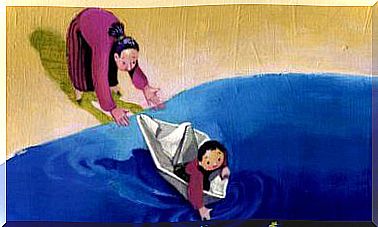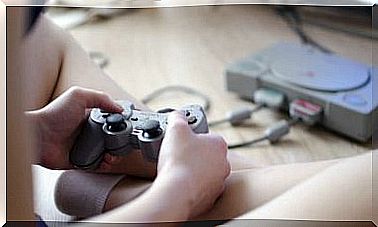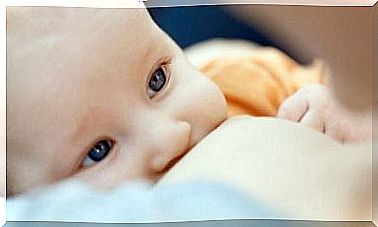What Is Acute External Otitis?
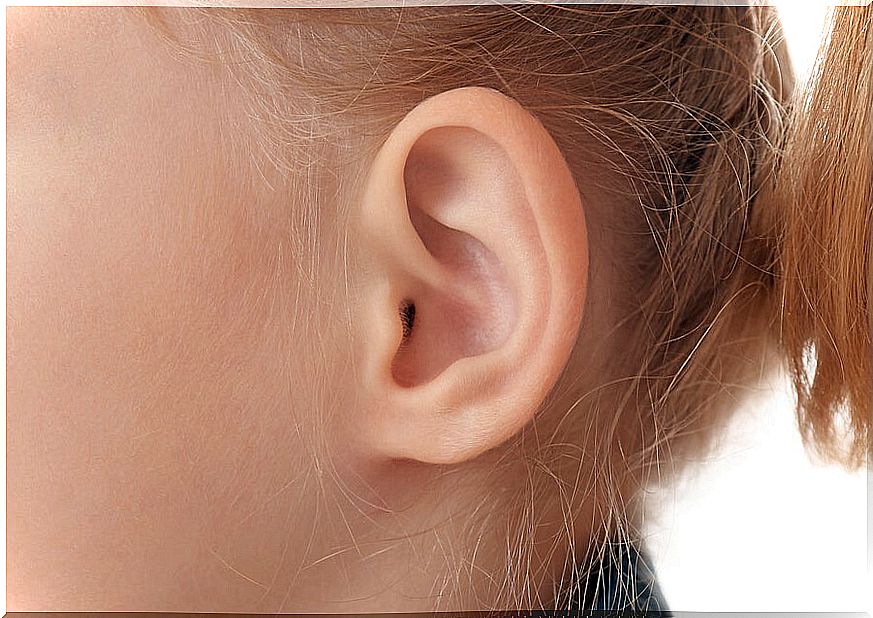
Ear diseases are, for the most part, annoying and uncomfortable for children. In addition, sometimes these are problems that are difficult to detect. In the case of acute external otitis, it can be diagnosed more quickly, because the symptoms are usually more evident and can even be really strong.
Causes of acute otitis externa
Acute diffuse external otitis is usually caused mainly by bacteria, such as Escherichia coli, Pseudomonas aeruginosa, Staphylococcus aureus, or Proteus vulgaris. Its contagion is attributed to the following predisposing disorders:
- Injury caused by cotton swabs or other objects.
- Seborrheic dermatitis.
- Decreased acidity of the duct, possibly caused by the constant presence of water.
- Psoriasis.
- Eczema.
- Allergies
Symptoms of acute otitis externa
Children who suffer from what is also known as ‘swimmer’s ear’, have various symptoms that can be very noticeable. The most frequent and annoying is the intense pain; fever does not occur at any time, in most cases.
The little ones who tend to suffer more from this pathology are those who spend more time in the water. An early diagnosis is essential, so parents should be aware of the following symptoms:
- Foul- smelling discharge and hearing loss.
- Pain in the ear that can become severe.
- Inflammation in the ear with purulent debris.
- Sensation of having the ear plugged.
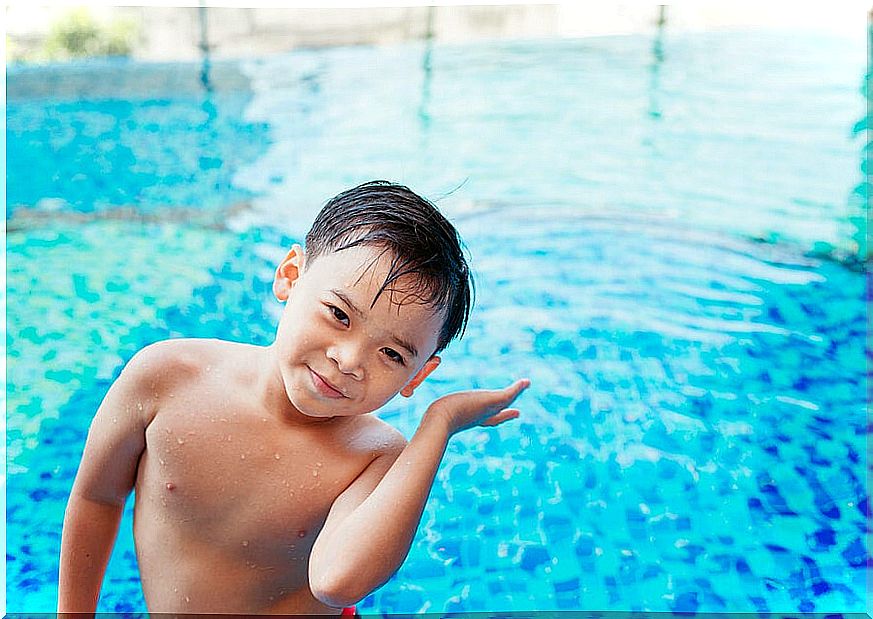
How is the diagnosis of acute external otitis made?
When the discharge is very noticeable and abundant, the pediatrician should perform a clinical evaluation to determine if it is an acute external otitis or an acute purulent otitis media with perforation of the tympanic membrane, since the symptoms are usually similar.
If there is pain from the pulling of the pinna, this could indicate that it is an acute external otitis. The fundamental thing is to consult with a specialist as soon as possible when viewing any symptoms that may be indicative of this pathology.
Treatment
When the specialist detects that it is acute external otitis, he will indicate antibiotics and local heat to control the pain. In the vast majority of cases, the condition will resolve with antibiotic ear drops with coverage for the aforementioned bacteria. , as indicated by Dr. Francisca Larach, from the Department of Otolaryngology at the Las Condes Clinic, Santiago de Chile.
Of course, the treatment must be indicated by the child’s pediatrician, as well as the steps that the parents must follow so that the cure is total and complete.
In the event that the child attends swimming classes or sites with a pool, it is essential that they do not submerge in the water until the pediatrician indicates that they can. This could stall the healing process or even make symptoms worse.
How to prevent?
After children get out of the water, it is important that parents carefully dry their ears using a towel and trying to get all the water out of the ear; tilting your head to either side is a good trick to achieve this.
After being exposed to moisture, it is vital that the ears are completely dry. This is how contagion greatly diminishes.
It is also important not to put objects in your ears, such as cotton-tipped swabs. The ears clean themselves of the wax, so it is not necessary to clean them in this way to remove it.
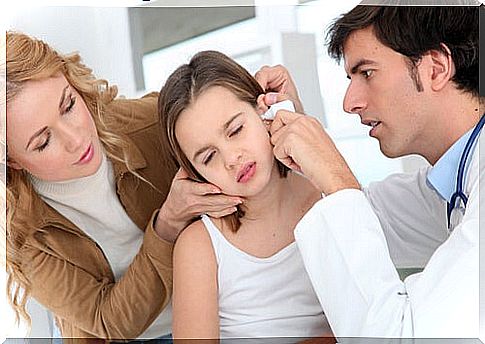
After bathing, the ears should also be properly dried, you can even use a hair dryer on a low setting. The use of earplugs can be recommended as a preventive measure, but this should be previously consulted with the pediatrician.
On the other hand, they also recommend irrigation of the ears with a 1: 1 combination of fine alcohol and vinegar (provided the eardrum is intact), mainly after swimming. The use of alcohol makes it easier to remove the water and vinegar alters the pH of the duct.
The most recommended is not to use cotton, swabs or other instruments. In fact, any technique to be adopted should be consulted with the pediatrician.
In short, water in the ears can trigger various diseases and affect the health of children. For this reason, learning about the damage it can cause will be essential to avoid the spread of any pathology.



